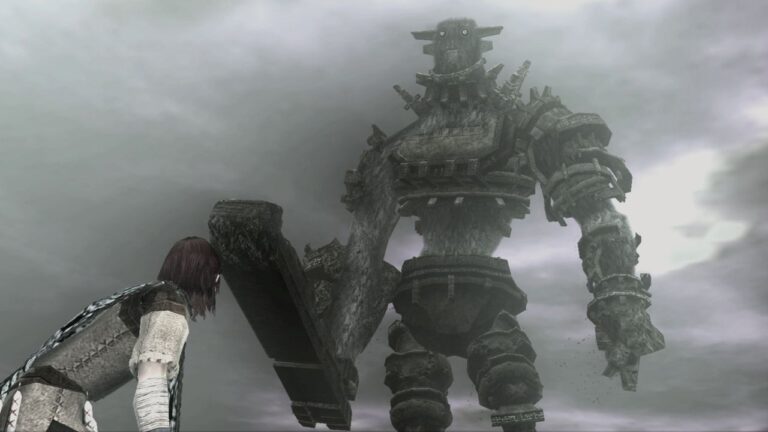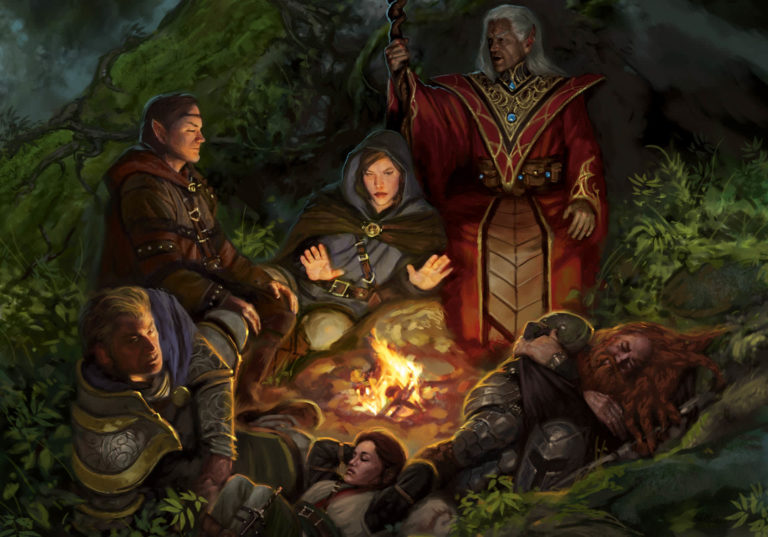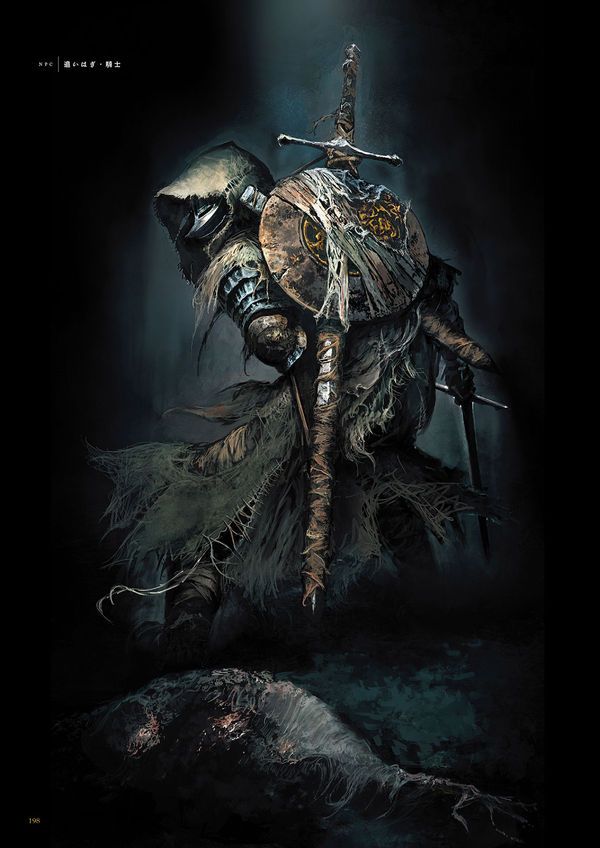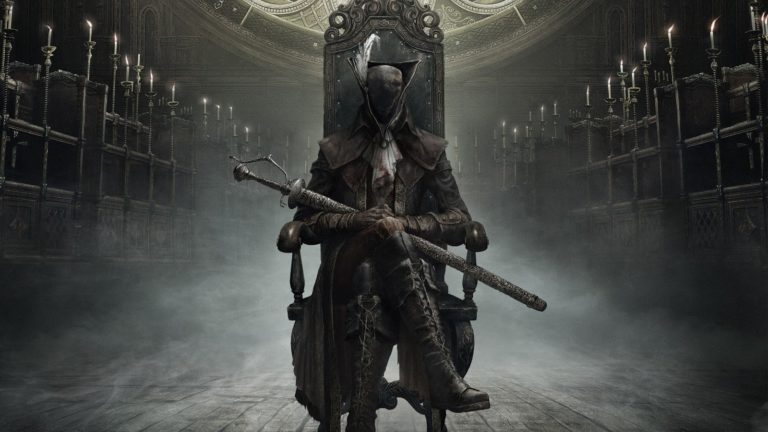25. Star Wars: Knights of the Old Republic (2003, PC) Knights of the Old Republic has some...
bloodborne
In October 2020 I released an article about all the different RPG characters I’ve played over the...
Like many a life-long nerd, I have played several roleplaying games over the years and have built...
While it isn’t actually a part of the Souls series, Bloodborne is in a similar mold with some very...



